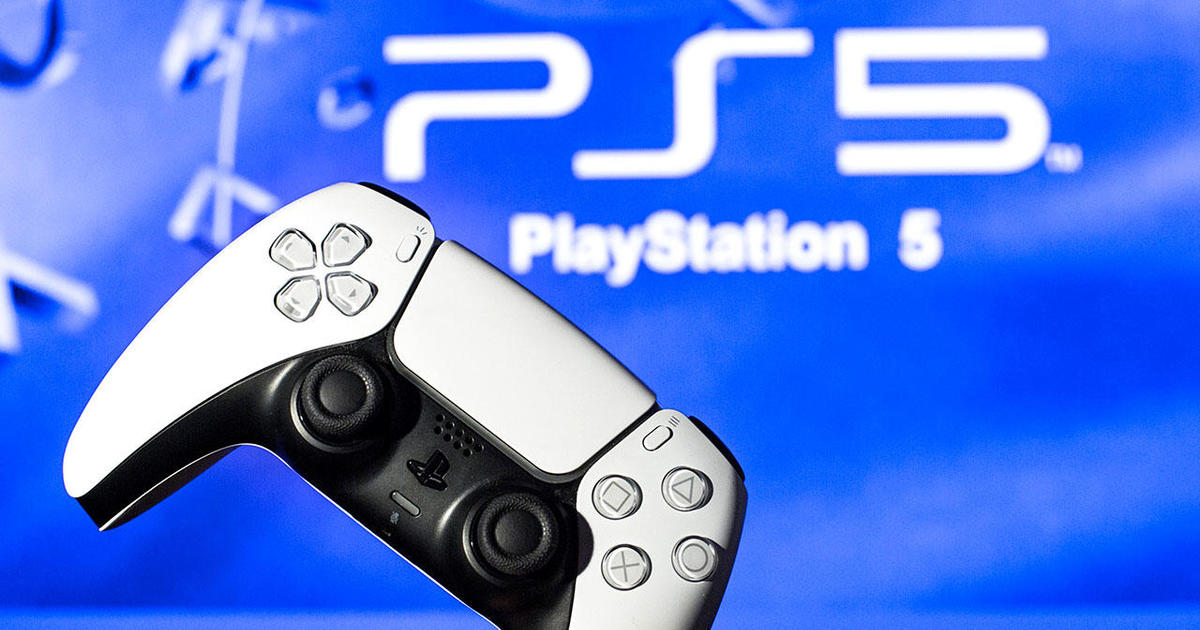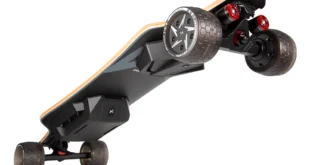Sony’s new PS5 controller, the wireless DualSense Edge, looks normal enough. It has the right number of buttons and enough space to rest your hands on its boomerang-shaped plastic. But its extreme customization presumably explains why it costs $200, almost three times the base price for the standard PS5 controller. A premium price for a premium product, I guess—as long as you’re not expecting it to live as long as its predecessor.
Sony isn’t really hiding that, at least. In its hands-on preview, The Verge notes that PlayStation spokesperson Ken Zhang said the new DualSense will have a “moderately shorter” operating time than the original PS5 controller, which has between five and 10 hours of charge.
“We’ve included many more features within the same form factor and ergonomic design as the original DualSense controller,” Zhang continued. “Additionally, the longer USB braided cable is also great for competitive players who prefer playing with a wired connection to avoid wireless interference – this option preserves battery life.”
Zhang did not specify how much shorter battery life would be, and Sony did not immediately respond to Kotaku’s request for elaboration. In any case, it seems like according to Sony the main pull of the DualSense Edge shouldn’t be the battery, anyway, but the “ultra-customizable controls” it’s been touting in trailers and web store descriptions.
Most of DualSense Edge’s features can be mapped or changed, including its swappable joysticks (which you have to buy separately), three types of interchangeable stick caps, two types of mappable back button sets, and triggers with modifiable lengths. The controller will also have an “on-controller user interface” on its bottom side, which you can use to adjust volume with a headset connection, among other likely useful quality-of-life features.
The standard $200 carrying case already contains a few of those customizations, too. If you buy it, you’ll receive:
- The controller
- USB braided cable
- Two standard stick caps
- Two high dome stick caps
- Two low dome stick caps
- Two half-dome back buttons
- Two lever back buttons
- Connector housing
- The instruction manual
Along with the carrying case, of course.
Despite the disappointing battery news, The Verge senior editor Sean Hollister complimented most of the controller’s customizations in his preview, noting how easy it was to pop out a joystick or swap his D-pad with his face buttons just because.
Personally, I don’t know how much more I’d prefer being able to fret over every aspect of my controller instead of simply gaming in peace. I’ll probably hold onto my $200 until the next, next, next generation of controllers launch fireworks in the shape of Aloy from Horizon via the home button and talk me out of it.
 Lifeyet News Lifeyet News
Lifeyet News Lifeyet News





